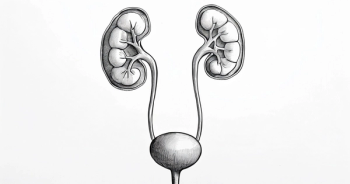
Challenges in Diagnosing and Treating Histiocytic Neoplasms
Ronald S. Go, MD, a hematology oncologist with the Mayo Clinic, discusses treating and diagnosing histiocytic neoplasms, a rare hematologic cancer.
Ronald S. Go, MD, a hematology oncologist with the Mayo Clinic, discusses treating and diagnosing histiocytic neoplasms, a rare hematologic cancer.
According to Go, histiocytic neoplasms are a very rare disease, with less than a 1000 cases per year in the United States. They are often not registered in cancer registries. Due to this rarity, oncologists at both the academic and community level may only see 1 every 5 to 10 years, if that. This presents unique challenges in terms of diagnosis, imaging, and treatment.
Officially, histiocytic neoplasms are hematologic malignancies. However, unlike most hematologic malignancies, the blood cell count for histiocytic neoplasms are normal. Additionally, some of the least common sites of metastases are the lymph nodes and bone marrow, according to Go. This creates imaging issue. Additionally, there are no randomized trials for these conditions.
0:08 | Histiocytic neoplasms are very rare cancers. They're not even registered in cancer registries for the most part. And the estimation is that there's about less than 1000 cases per year in the United States. And therefore, because these are rare diseases, most physicians, community or even academics, may not see 1 in 5 or 10 years. And therefore, the challenges include how to identify these patients. When do we suspect that patients have histiocytic neoplasms? These are officially hematology, hematologic malignancies, or blood cancers. However, unlike the traditional hematologic malignancies, these cancers typically have normal complete blood count. And also, the origins of involvement vary, so it's not localized to like lymph nodes or the bone marrow. And in fact, lymph nodes and bone marrow are not the most common manifestations of these cancers. And so, the first challenge is really to identify these disorders, because they are rare, and their presentation can be very, very. So that's one. The other challenge here is after the diagnosis, how do we stage these patients? What are the appropriate imaging studies? And certainly, pathology also. What is the appropriate testing, including immunohistochemistry or genetic testing to make a diagnosis? And then after that is actually what's the treatment? Because there are no randomized trials for these conditions.









































